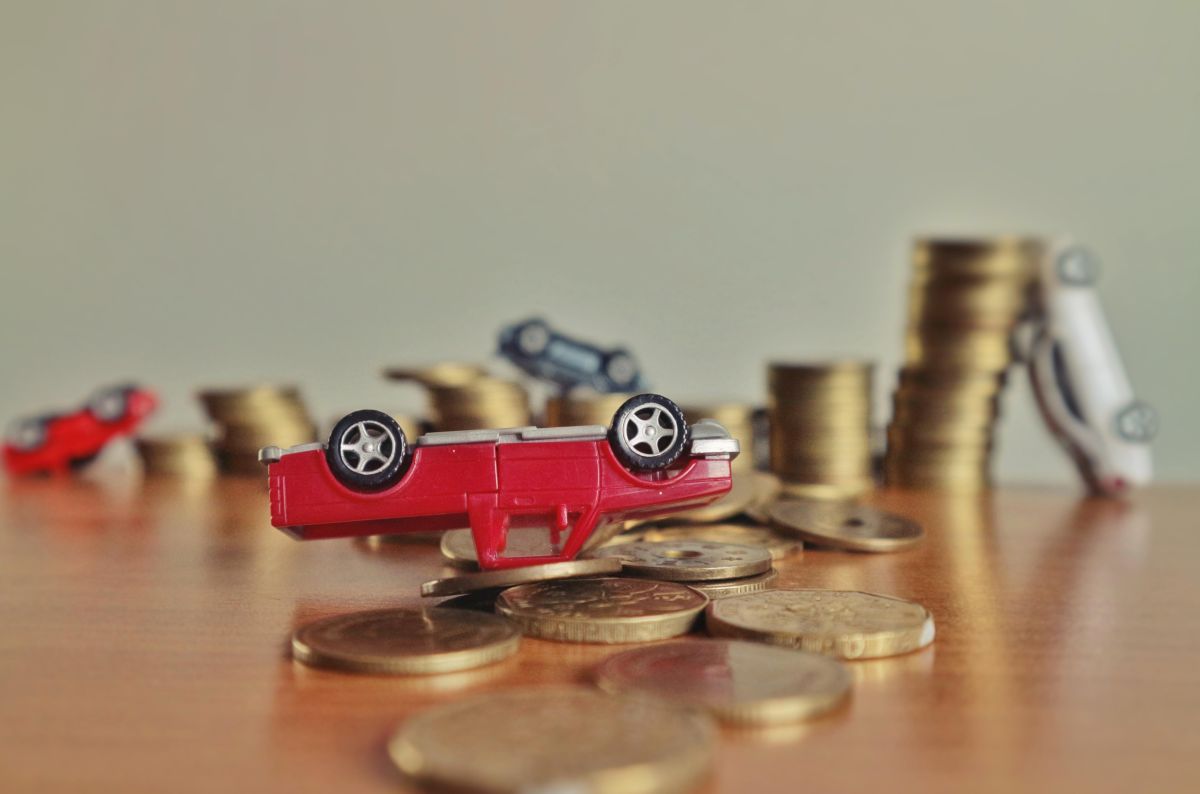A growing number of Americans with auto loans owe more than their cars are currently worth, according to Edmunds.
When analyzing Q3 2024 data, Edmunds found the share of Americans who are upside down on their auto loans is on the rise -- 24.2% of trade-ins toward new vehicle purchases had negative equity, up from 23.9% in Q2 2024 and 18.5% in Q3 2023.
Consumers who are underwater on their car loans owe more money than ever before. The average amount owed on upside-down loans climbed to an all-time high of $6,458, compared to $6,255 in Q2 2024 and $5,808 in Q3 2023.
More than 1 in 5 consumers with negative equity owe more than $10,000 on their auto loans. 22% of vehicle owners with negative equity owed $10,000+ on their car loans, and 7.5% of vehicle owners with negative equity owed $15,000+.
“Consumers owing a grand or two more than their cars are worth isn’t the end of the world, but seeing such a notable share of individuals affected at the $10,000 or even $15,000 level is nothing short of alarming," said Jessica Caldwell, Edmunds’ head of insights. "A combination of uncontrollable market factors and misguided consumer financial decisions are contributing to the rise of this troubling trend.
"On the market factor side, many consumers who purchased new vehicles during the inventory crunch of 2021-2022 paid over MSRP, so they didn’t chip away at the principle of their loans in a traditional manner," Caldwell said. "On top of that, trade-in values for near-new vehicles are taking a hit as automakers reintroduce incentives. On the consumer behavior side, car shoppers have been increasingly opting into longer loan terms to reduce monthly payments, and they’re also trading in their vehicles earlier than is financially prudent.”
Analysts note another concerning fact from Edmunds auto finance data: Negative equity is prevalent across all vehicle types being traded in. For example, in Q3 2024, midsize SUVs, compact SUVs and large trucks made up 19.5%, 17.3% and 10.3%, respectively, of all vehicles traded in with negative equity.
“It’s easy to assume that only specific consumers trading in higher-ticket luxury vehicles are the ones underwater on their car loans, but the reality is that this is a problem across the board,” said Ivan Drury, Edmunds’ director of insights.
Edmunds experts advise that consumers worried about falling into the negative equity trap should try to hold onto their vehicles as long as possible while keeping up with regular maintenance to avoid additional drops in value. But for those who must make a purchase in the near future, there are some strategies to avoid negative equity on their next vehicle.
“With prices and interest rates being as high as they are, it’s critical for consumers to think beyond the monthly payment and be honest with themselves about their ownership habits. A seven-year auto loan is a one-way ticket to negative equity if you know you’re not the type of person to keep a vehicle for that long,” said Drury. “Shop around for incentives and lower APR financing, though be mindful those are less common offerings in today’s market. Consider vehicles proven to have higher resale values, or ones that offer other financial benefits like better mpg or lower insurance costs.
"But most importantly: Find a car you really want and like, because if you don’t you’ll probably end up making the same mistake of trading in your newish vehicle too soon.”













